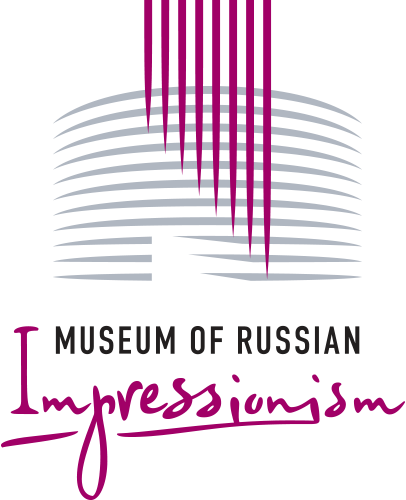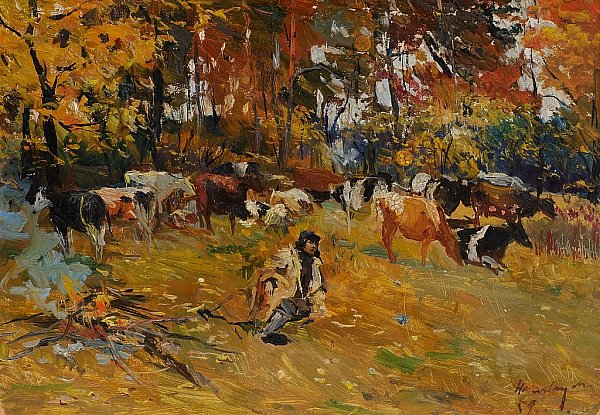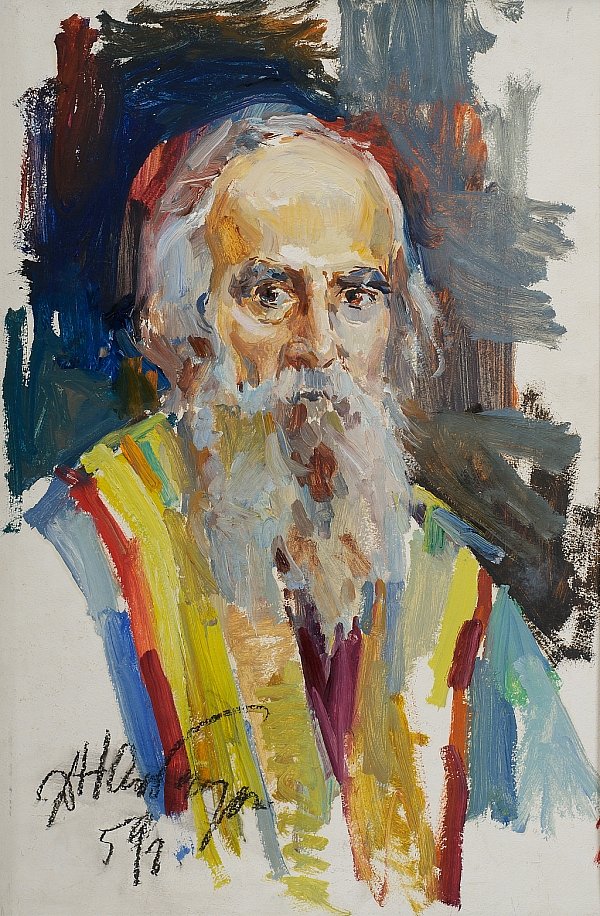Dmitry Nalbandyan
15.09.1906 - 02.07.1993
From his youth onwards, Dmitry Nalbandyan conducted two parallel lives. He combined pompous government commissions with risky lyrical landscapes and floral still-lifes. With the landmark painting "Lenin at the Map of Electrification" Nalbandyan travelled to the country to draw sketches for Igor Grabar in Abramtsevo. "You can certainly work ..." Grabar stated, looking at the work of the young master. Born in Tiblisi, Nalbandyan was a student of Yevgeni Lansere and he began his career working with animation in the “State Film Industry” and at the Odessa Film Studio. In 1931 he moved to Moscow, where he found fame, although not straight away. After working as a cartoonist for the magazine "Crocodile", as an animator at "Mosfilm" studio and a poster artist for "Izogiz" publishing house, he met Sergo Ordzhonikidze, a friend of his father, who introduced Nalbandyan to Sergei Kirov and the party elite. Soon Nalbandyan was painting his first large canvas "Kirov’s Speech at the 17th Congress of the Communist Party". The picture was exhibited at the State Museum of Fine Arts, and reproduced in the newspaper "Pravda". Nalbandyan became known as "the first brush of the Politburo" and as the master Soviet ceremonial portrait painter, he created portraits of many members of the Soviet leadership, including Stalin, Khrushchev, and Brezhnev. He was a member of the Academy of Arts and the winner of the gold medal for a group portrait of figures from Armenian culture. Dmitry Nalbandyan’s Moscow studio was located at number 8 Gorky Street (today, Tverskaya). The artist moved to this building close to the Kremlin in 1956; among his neighbours there were Demyan Bedny, Ilya Ehrenburg and Mikhail Romm. The artist’s studio was on the top floor – next to those of the Kukryniksy, Nikolai Zhukov, Fyodor Konstantinov, and Vladimir Minayev.





